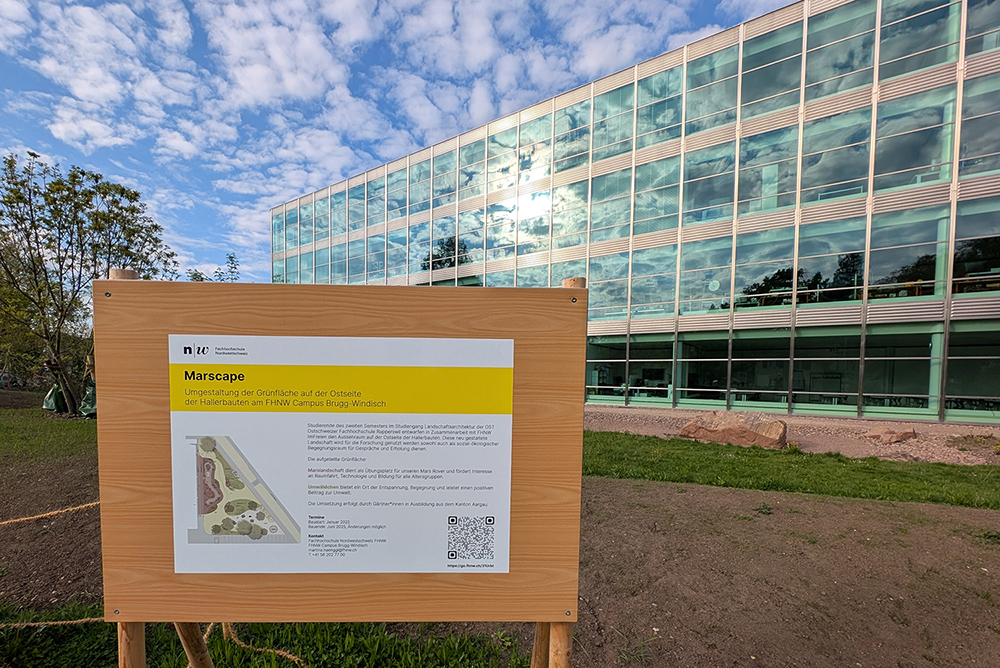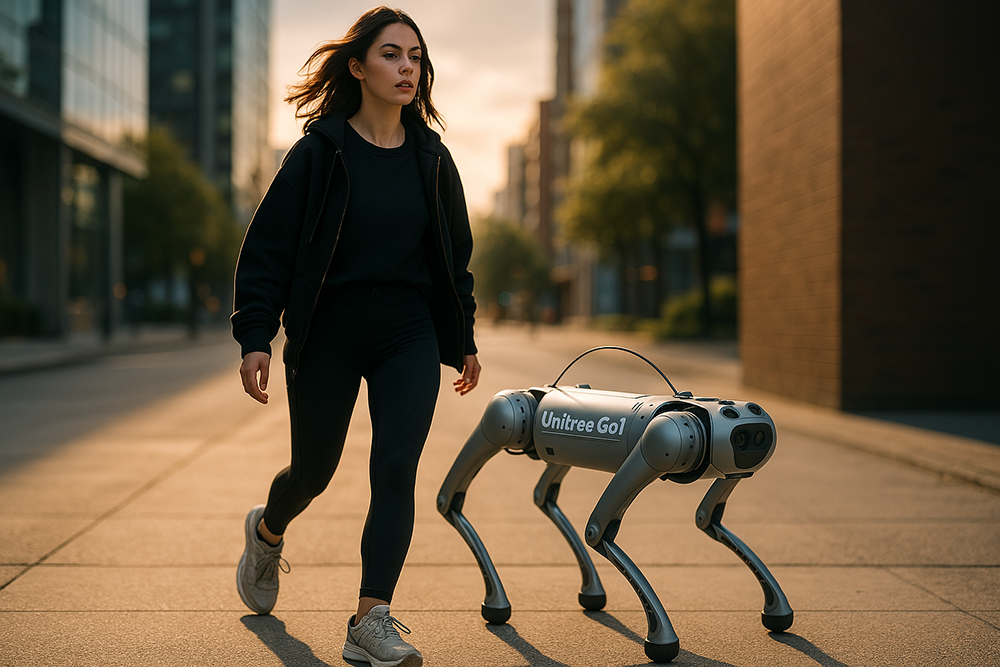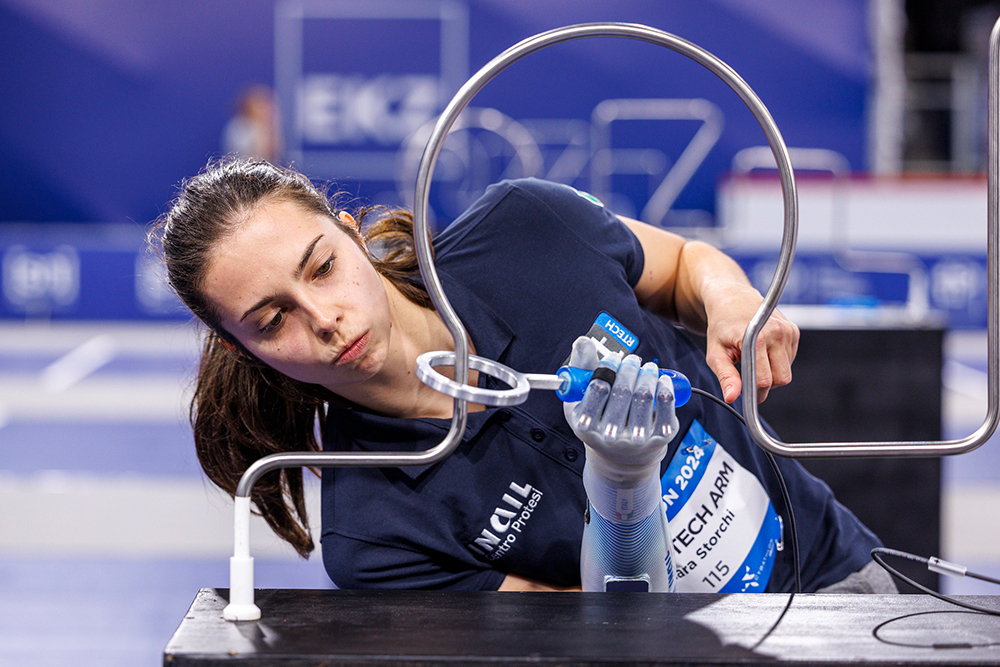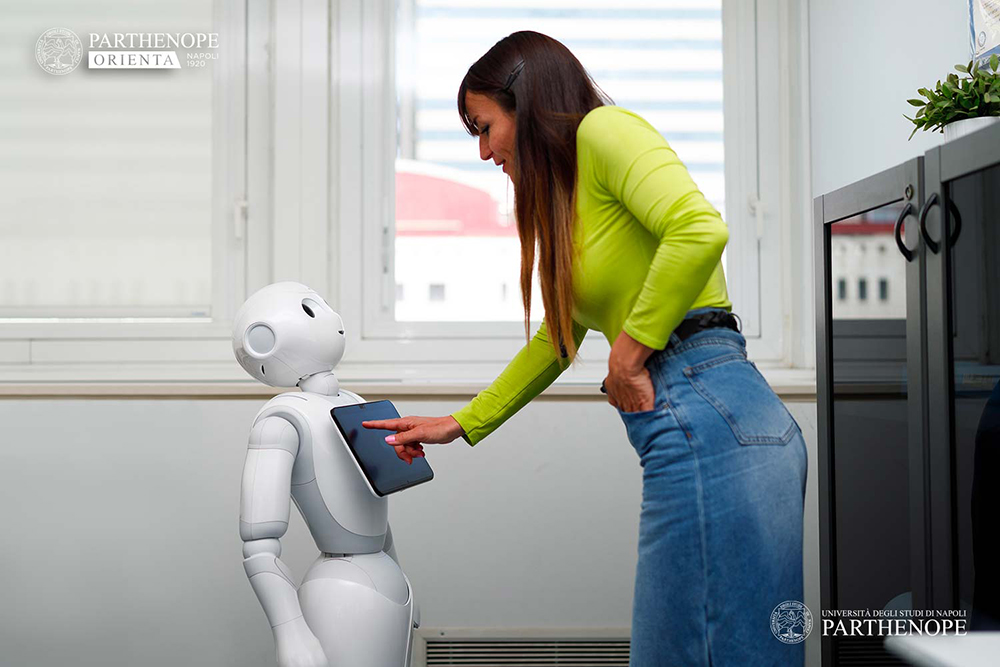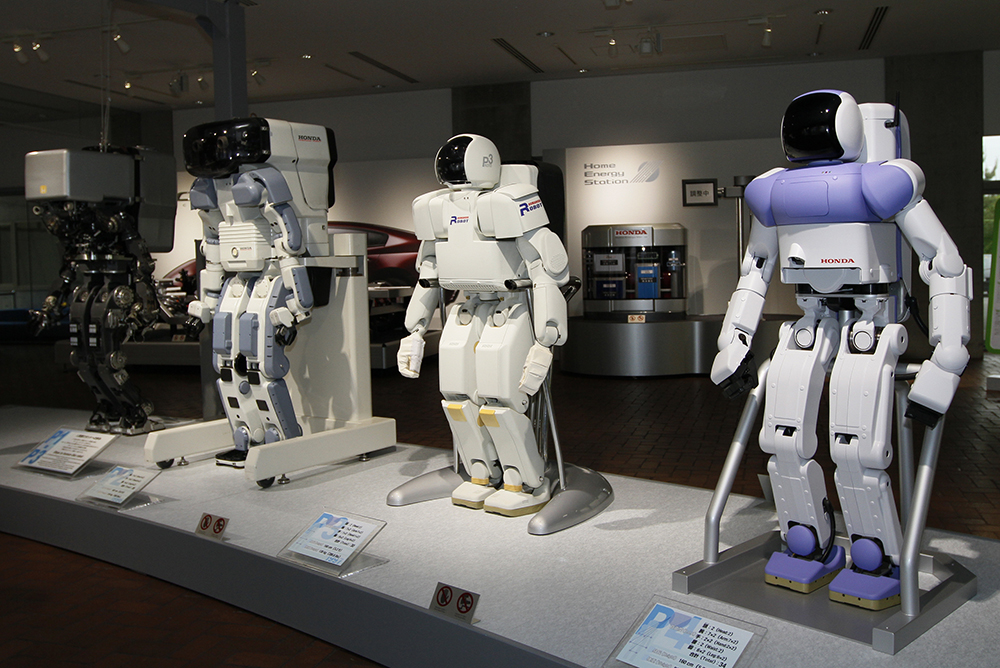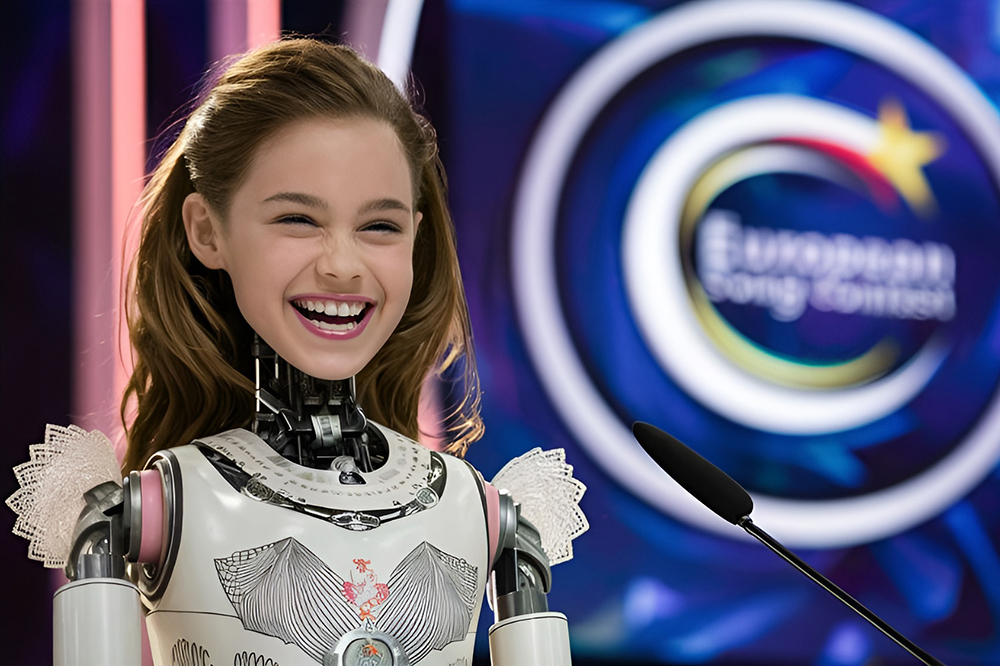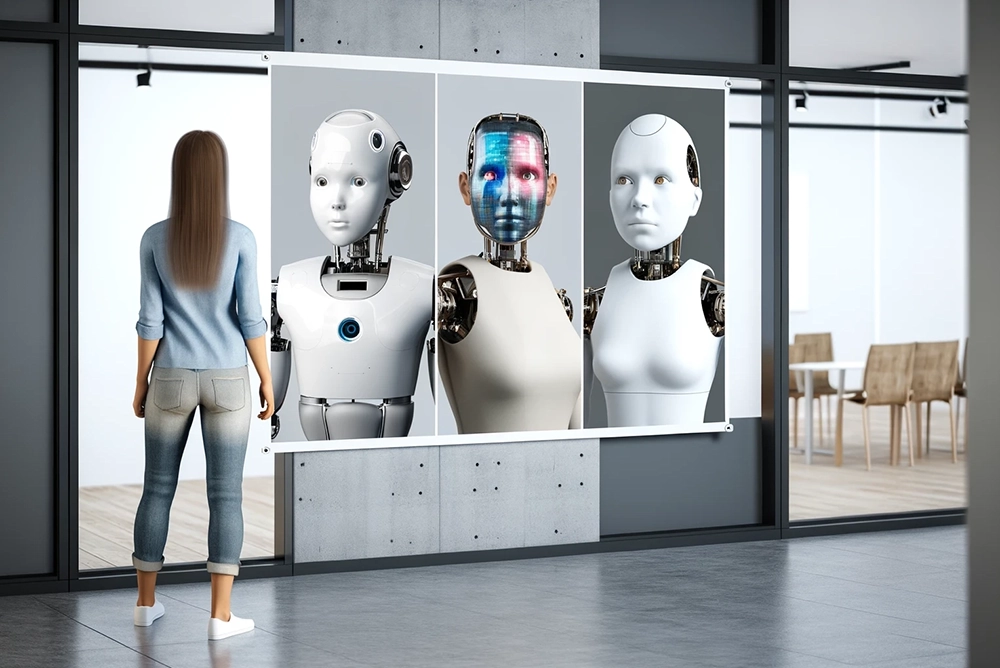Students from the Eastern Switzerland University of Applied Sciences (Campus Rapperswil) have created a Martian landscape in front of the Hallerbau on the Brugg-Windisch campus in collaboration with the FHNW. This will serve as a training ground for the FHNW Mars rover and promote “interest in space travel and technology” (information sign on the construction site, own translation). According to the website, the FHNW rover team consists of “an interdisciplinary group of students from the School of Engineering and Environment and the School of Computer Science”. The so-called “Umwäldchen” with new plantings offers a place for relaxation and encounters and makes a “positive contribution to the environment” (information sign on the construction site). According to its website, the FHNW is “active in the development of observation instruments, components and manufacturing processes for the aerospace sector”. In addition to the aforementioned universities, the FHNW School of Business is also active in this field. In 2021, SPACE THEA was developed, a voice assistant for Mars flights, which was presented at the AAAI Spring Symposia at Stanford University in 2022 and attracted the attention of NASA. In 2025, the focus will be on social robots for Mars flights with a view to ICSR 2025.
This Robot Could Spy on You
As reported by the CyberInsider platform on March 24, 2025, security experts have discovered a pre-installed, undocumented remote access tunnel in the Unitree Go1 robot dogs that enables remote control and network access. The Unitree Go1 can be found in numerous companies and universities. During their tests, the researchers were able to list all connected devices and their IP addresses and access these devices. They were also able to use the robotic quadruped’s cameras for live monitoring. The article states: “Perhaps most concerning is the implication of deliberate design. The tunnel is not merely an over-looked debug utility; it appears fully integrated into the boot process and enabled by default.” (CyberInsider, 24 March 2025) Users should immediately isolate their devices from critical internal networks, change SSH credentials, and disable the tunnel service. More information is available on the platform.
The Next Social Robots Module
The elective module “Soziale Roboter” (“Social Robots”) by Prof. Dr. Oliver Bendel will be held again from April 15 to 17, 2025 at the FHNW in Olten. It is primarily aimed at prospective information systems specialists, but prospective business economists can also take part. Dr. Amol Deshmukh has been invited as a guest speaker. He previously worked for the University of Glasgow and now conducts research at ETH Zurich. In his lecture, he will present the findings from his paper “Leveraging Social Robots to Promote Hand Hygiene: A Cross-Cultural and Socio-Economic Study of Children in Diverse School Settings”. Unitree Go2, Alpha Mini, Cozmo, Vector, Aibi, Furby and Booboo from Oliver Bendel’s private Social Robots Lab will also be on site. Social Robotics Girl, a so-called GPT who specializes in this topic, will be available as a tutor throughout the event. Basic works are “Soziale Roboter” (2021) and “300 Keywords Soziale Robotik” (2021). At the end of the elective module, students design social robots – also with the help of generative AI – that they find useful, meaningful, or simply attractive. The elective modules have been offered since 2021 and are very popular.
About Inclusive Robotics
The Gabler Wirtschaftslexikon is the largest economics encyclopedia in the German-speaking world. In March 2025, Oliver Bendel published an article on inclusive robotics in this reference work. The first part reads as follows: “Inclusive robotics designs, develops, controls, manufactures, and operates robotic solutions for individuals with disabilities or impairments. The goal is to enable them to fully participate in social life and to engage in education, culture, and sports. This can involve the replacement or enhancement of a body part, as well as the use of a robot that provides assistance (an assistive robot or companion robot) or is worn on or with the body (a wearable robot). Robotic quadrupeds and bipedal general-purpose robots are becoming increasingly relevant. In the future, these will function as universal robots – true generalists. Inclusive Robotics addresses not only physical aspects but also psychological ones. It is closely related to inclusive AI.” The full article is available at: wirtschaftslexikon.gabler.de/definition/inclusive-robotics-172663 (Photo; ETH Zurich, Cybathlon/Alessandro Della Bella).
ICSR 2025 at the Parthenope University of Naples
The first two days of ICSR 2025 will be held “on the industrial side of Naples”. This has been announced by the General Chairs, Mariacarla Staffa (University of Naples Parthenope, Italy) and John-John Cabibihan (Qatar University, Qatar). The Honorary Chair is Bruno Siciliano (University of Naples Federico II, Italy). “The University of Naples Parthenope will host the social robotics conference and showcase the technological advancements of this innovative city. Since 1919, the University of Naples Parthenope has been dedicated to fostering young talent, offering internationally oriented education and cutting-edge research. With 15,000 students, 320 faculty, and 250 staff, it combines a strong maritime tradition with excellence in economics, law, engineering, technology, and sports sciences. Innovation and real-world impact are at the core of its mission.” (Announcement General Chairs) On the third day, the participants will meet at the Città della Scienza conference center. The conference website of ICSR 2025 is online since January: icsr2025.eu (Photo: Parthenope).
First Human-Robot Marathon
According to several media reports, humanoid robots will take part in a half marathon together with humans for the first time in Beijing in April 2025. Around 12,000 people will run the 21-kilometre course, accompanied by robots from more than 20 companies worldwide. The robots must look humanoid, be able to move on two legs, and be between 0.5 and 2 metres tall. The majority of the larger models are likely to be so-called all-purpose robots. Both remote-controlled and autonomous robots are permitted – with the option of changing batteries during the race. The premiere is part of a broader strategy by China to promote humanoid robots to achieve technological independence, boost the economy, and compete in the global technology race, especially with the US. Last year, the humanoid robot Galbot had already supported a marathon final, but this time the machines are running the full distance (Photo: Morio, CC BY-SA 3.0).
A Truck Tire for the Police
China’s latest crime-fighting innovation is RT-G, an AI-powered spherical police robot that not only stops crime, but somehow detects it. “Developed by a Shenzhen-based robotics company Logon Technology, the bot robocops are engineered to assist law enforcement in high-risk situations and, eventually, replace human officers in the line of fire.” (Firstpost.com, 12 December 2024) This was reported by the Indian platform Firstpost.com under the title “Meet RT-G, ‘spherical’ robot that is helping China to tackle crime”. According to The Sun, the spherical robot can operate on both land and water, and is able to withstand rough terrain and mud with ease. In some pictures, the robot looks as futuristic and attractive as BB-8’s body, in others like the clumsy tire of a truck or a bus. Whether such a model will be widely accepted by the population is questionable. But perhaps that’s not the point. Like Spot, RT-G is perhaps intended to create uncertainty. Something like this is more likely to harm robotics.
Can and Should We Use Robots in Prisons?
Tamara Siegmann and Prof. Dr. Oliver Bendel carried out the “Robots in Prison” project in June and July 2024. The student, who is studying business administration at the FHNW School of Business, came up with the idea after taking an elective module on social robots with Oliver Bendel. In his paper “Love Dolls and Sex Robots in Unproven and Unexplored Fields of Application”, the philosopher of technology had already made a connection between robots and prisons, but had not systematically investigated this. They did this together with the help of expert interviews with the intercantonal commissioner for digitalization, several prison directors and employees as well as inmates. The result was the paper “Social and Collaborative Robots in Prison”, which was submitted to the ICSR 2024. The International Conference on Social Robotics is the most important conference for social robotics alongside Robophilosophy. The paper was accepted in September 2024 after a revision of the methods section, which was made more transparent and extensive and linked to a directory on GitHub. This year’s conference will take place in Odense (Denmark) from October 23 to 26. Last year it was held in Doha (Qatar) and the year before last in Florence (Italy).
HeidiBOT as Host of the ESC 2025
The ESC 2025 in Switzerland could be hosted by HeidiBOT, a humanoid robot connected to GPT-4o. The head could be commissioned from Hanson Robotics, RealDoll, or other companies. It would be worth considering whether a Figure 01 or similar model could serve as the basis. This would allow HeidiBOT to move naturally on stage and be part of a performance itself. Using GPT-4o or comparable language models, she would be able to speak a Swiss-German dialect, High German, English, and French. Rhaeto-Romanic should also be audible, as was the case with @llegra, a chatbot for Vallader. Switzerland could thus present itself as a country with a high level of scientific expertise, innovation, and a sense of tradition. Critics will miss the human touch and commitment. But this could be taken over more by the musicians, who are often just caricatures of themselves. They could have their say on stage and talk and discuss with the audience. A human co-host could also absorb this criticism. Another possibility would be to realize HeidiBOT as an avatar or pseudo- or quasi-hologram, similar to the ABBAtare in London. HeidiBOT could – in whatever form – look like Heidi from the booklet “AMERICAN SMILE” by Oliver Bendel. At her side would be a goat, of course. And Peterli, if he’s well-behaved (Image: Ideogram).
A Change in Design
The last few years have seen the creation of a large number of quadruped and bipedal robots. Many have been inspired by Spot and Atlas from Boston Dynamics. These, in turn, can be traced back to Sparko and Elektro, which became famous around 1940. Atlas paved the way for the so-called general-purpose or universal robots that are now conquering the market, from H1 to Figure 01. They are not yet truly universal, but they are getting there. Most robotic quadrupeds don’t have a real head. A few talented hobbyists have produced their own with a 3D printer. This can be referred to as robot enhancement. Most robotic bipeds have a head that looks creepy or repulsive. This will be a key design problem in the coming years. It may be that people will quickly get used to ugly heads. But it would probably help with adoption and acceptance if the heads were nice to look at and had convincing facial expressions. After the huge technological advances that have been made in recent years, with new approaches to motor skills and the integration of speech models, what is needed most is a change in design.
